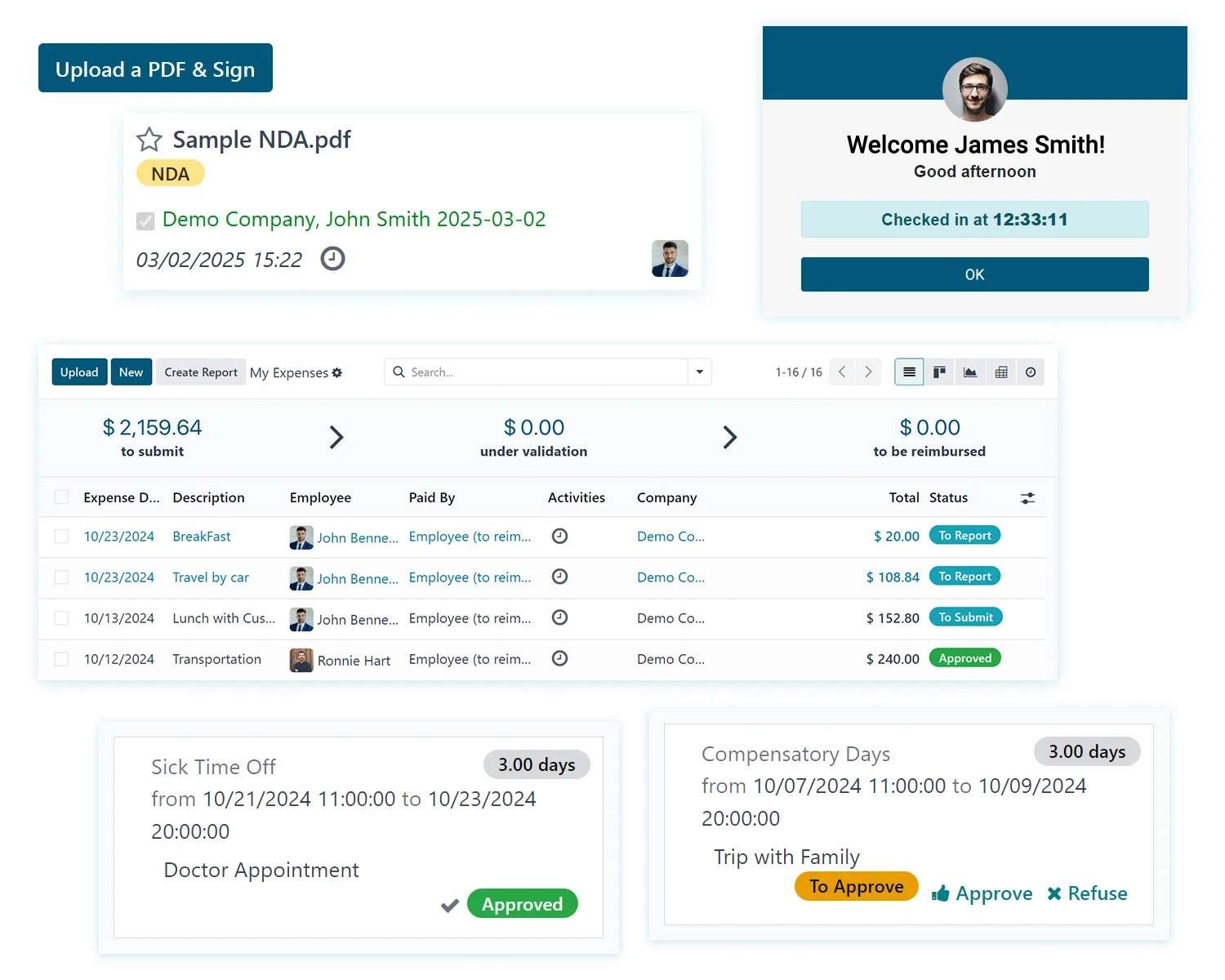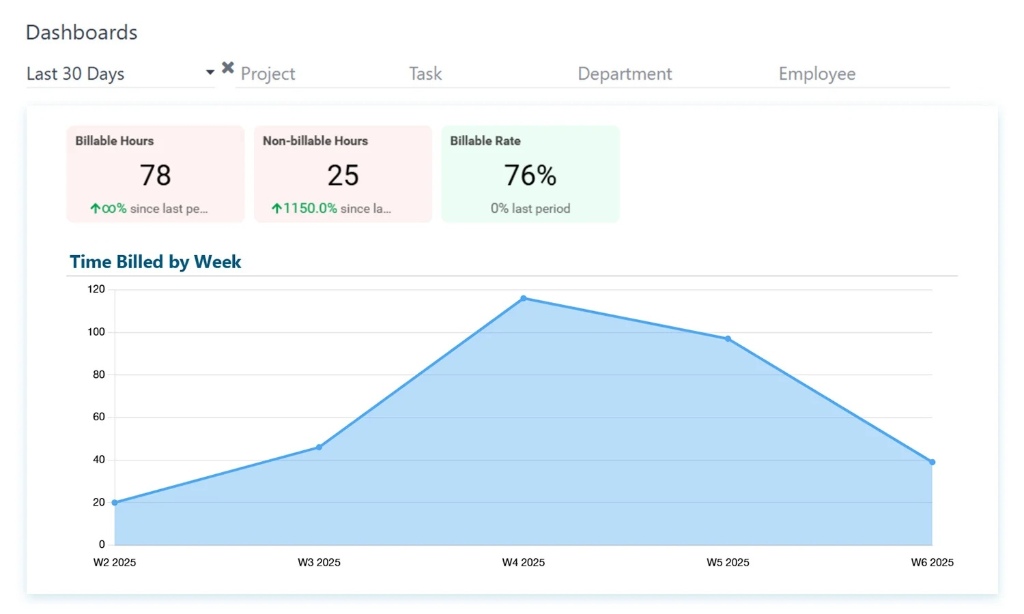When HR Runs on Spreadsheets
For many HR teams, the day starts not with strategy but with spreadsheets. Someone’s cross-checking attendance. Someone else is chasing approvals over email. A third person is reconciling payroll data that never matches what’s in the time-tracking sheet. Everything works, somehow, but just barely.
It feels manageable until it isn’t. A new hire’s details are missing. A payroll error slips through. A compliance report is due, and data is scattered across five folders, two inboxes, and one anxious HR manager’s head.
That’s not inefficiency, it’s fragmentation. And it quietly eats away at productivity, trust, and focus every single day.
The Price of Fragmentation
When HR data lives in silos, every task takes longer, every process becomes a guessing game, and every mistake becomes more likely. Let’s call it what it is: a drain.
Time Drain
When teams re-enter data manually across multiple systems, hours vanish in repetition instead of improvement.
Human Error
Inconsistent records lead to payroll mistakes, incorrect leave balances, and compliance gaps that no one notices until it’s too late.
Operational Fog
Without a unified view, HR leaders are forced to make decisions without reliable insights.
Employee Frustration
When requests take days to resolve, employees lose trust in the system meant to support them.
These costs don’t appear in financial reports, but they show up in morale, reputation, and turnover. Fragmentation doesn’t just slow HR down; it slows the entire organisation down.
How Companies Get Stuck in the Manual Trap
It doesn’t start with bad decisions. Usually, it starts with good intentions. A department needs a quick attendance tracker, another needs a separate payroll tool, and someone builds a spreadsheet to fill the gap. Before long, the entire HR process is stitched together by temporary fixes.
Each patch adds complexity. Each new tool adds another place for data to hide. Eventually, the HR team spends more time maintaining systems than managing people.
And the irony is that the bigger the organisation grows, the smaller its visibility becomes.
That’s when integration stops being a “nice-to-have” and becomes a survival strategy.
Integration as the Turning Point
When HR systems talk to each other, everything changes. One source of truth replaces the patchwork of files and emails. Data flows seamlessly from recruitment to payroll to analytics. Approvals are automated, compliance is built in, and reports appear with a click instead of a hunt.
Integration doesn’t just remove tasks; it restores clarity. It lets HR teams focus on what they were hired for: people, not paperwork.
How Numla HR Closes the Gaps
Numla HR is built to connect HR. It brings together every core HR function into one unified platform:
Integrated HR & Payroll
Keeps data consistent and error-free. Attendance, time-off, and pay sync automatically, so there’s no mismatch or manual adjustment at month-end.

Recruitment and Onboarding
Ensure new hires start strong. Applicant tracking, digital offers, and e-signatures reduce time-to-hire and create a seamless first-day experience.
Performance Management Tools
Help managers track progress on goals, run appraisals, and identify development needs, all in one place, without chasing spreadsheets or lost forms.
Employee Self-Service
Gives employees direct access to manage profiles, requests, and queries, freeing HR from routine admin while improving satisfaction.
Insightful Dashboards
Translate HR data into real-time analytics, turning fragmented numbers into workforce intelligence.

Compliance and Security
Built around GDPR standards ensures that sensitive data stays protected and auditable.
And because Numla HR is flexible and integration-ready, it adapts to your company’s structure, not the other way around.
When eir, Ireland’s leading telecom provider, began its HR transformation journey, its challenge wasn’t just digitalisation. It was unifying multiple systems and processes to support thousands of employees. With Numla HR, they achieved that in just five months. Their Chief People Officer described the new HR system as:
“a suite of purpose-led, agile, and innovative people systems that ensure a working environment where our people can be at their best.”
That’s what integration looks like in practice—real change, not surface-level automation.
From Cost Center to Growth Driver
The shift from manual HR to integrated HR is more than operational—it’s strategic. Once data fragmentation is eliminated, HR stops being a cost center and becomes a growth enabler.
Teams gain time for workforce development and engagement. Leaders make decisions based on live analytics instead of outdated reports. Employees interact with HR through intuitive self-service tools, which drives satisfaction and retention.
And because every process is connected, every insight becomes actionable.
The outcome? Lower costs, fewer errors, faster operations, and a stronger, more engaged workforce.
The Way Forward
Manual HR may feel familiar, but familiarity is expensive. Every duplicated entry, every missing record, every delayed approval carries a cost, one that grows silently with your organisation.
The good news is that solving it doesn’t require disruption. It requires integration, and that’s exactly what Numla HR delivers: a unified, secure, and flexible HR system that connects your people, processes, and performance.